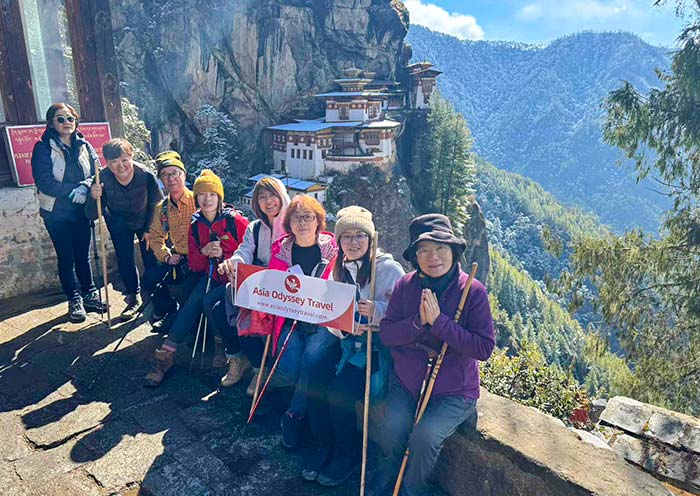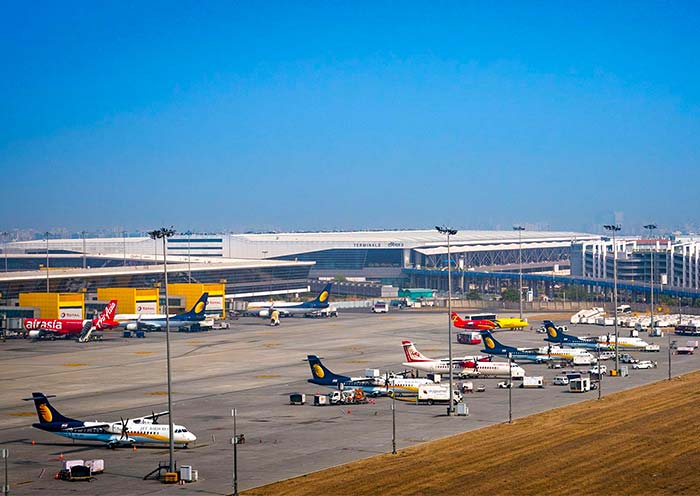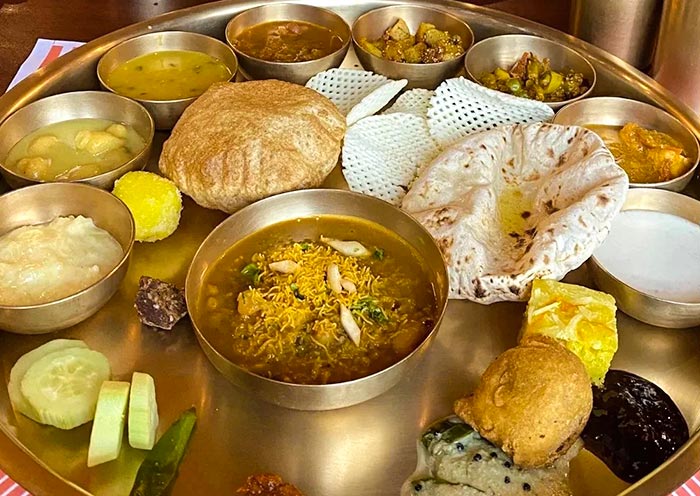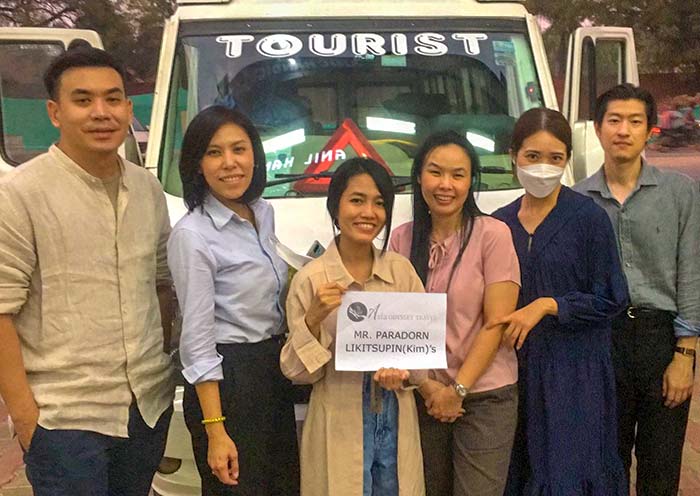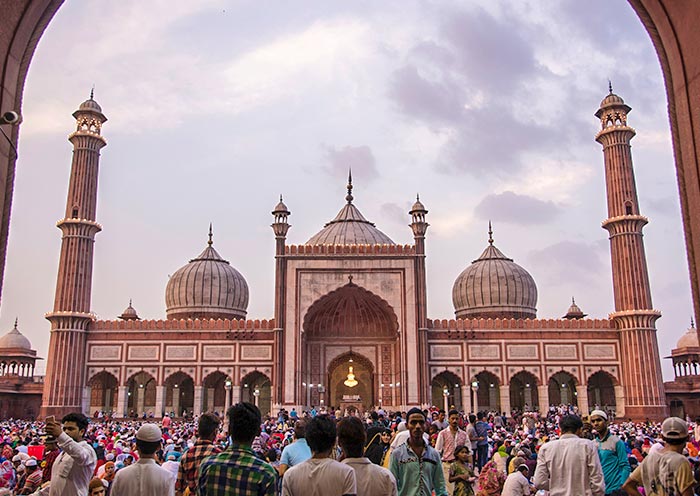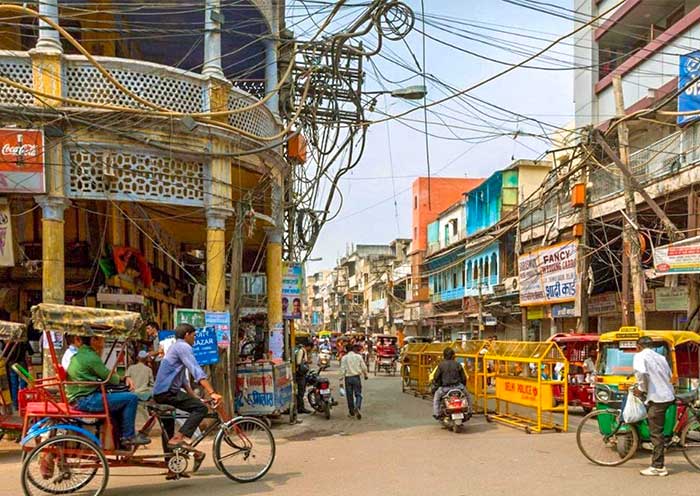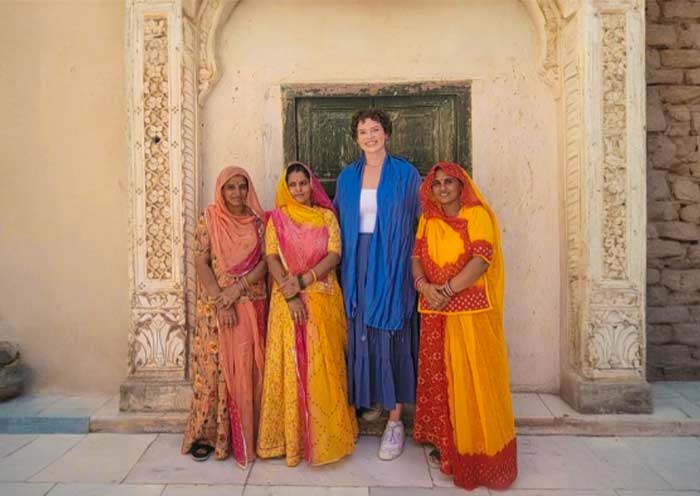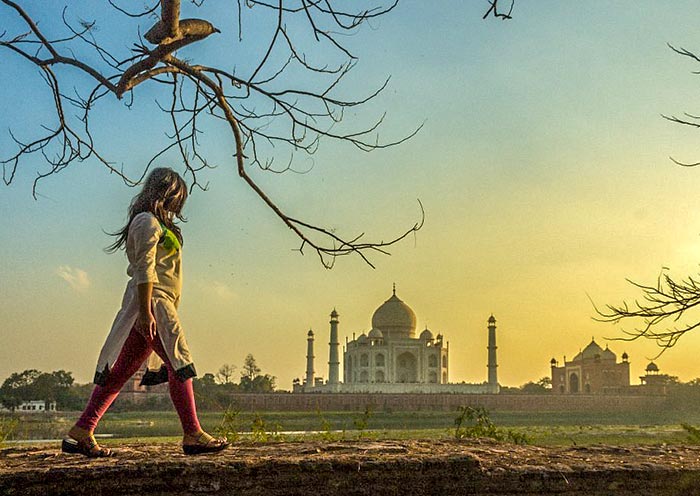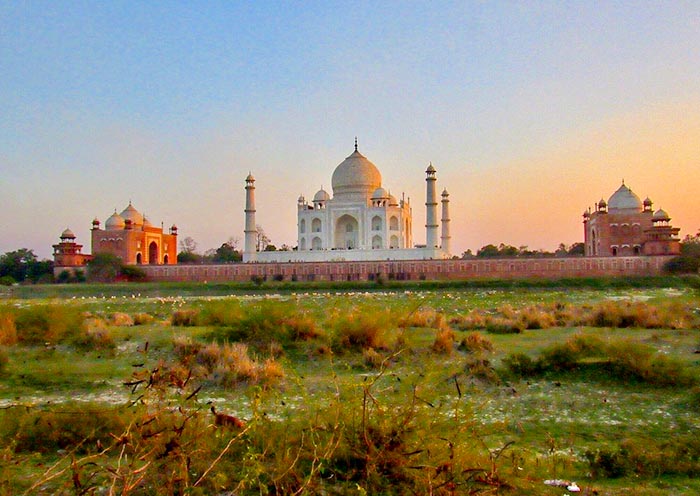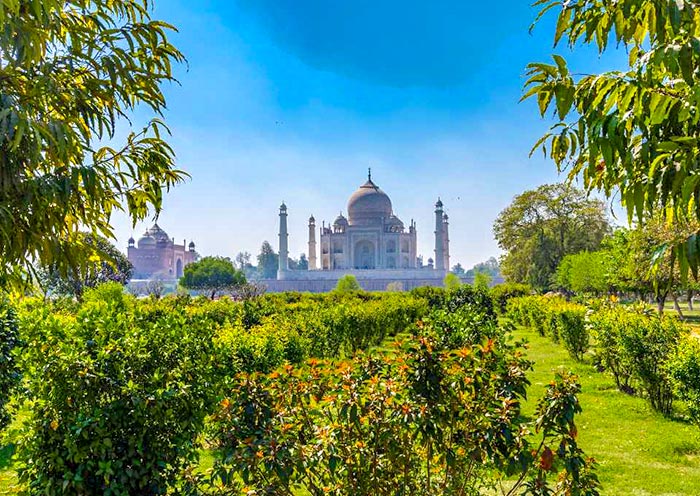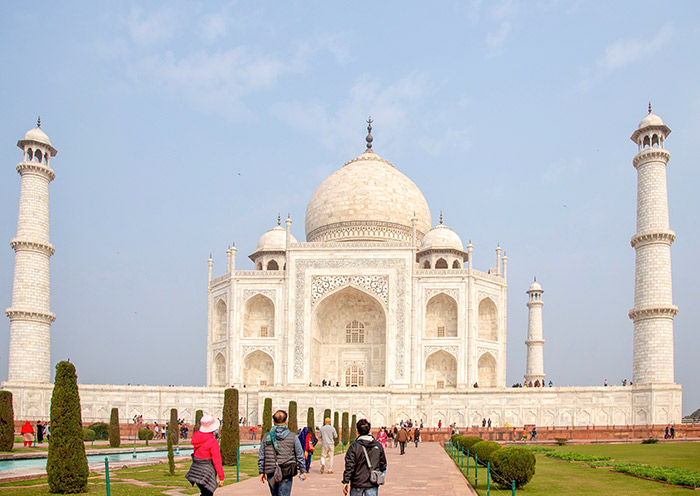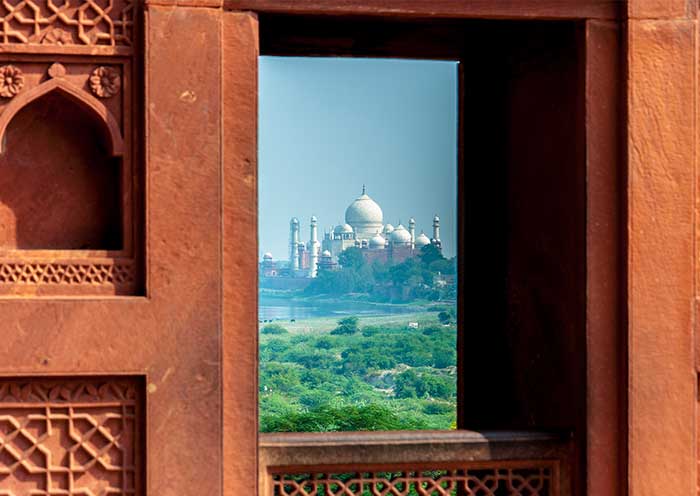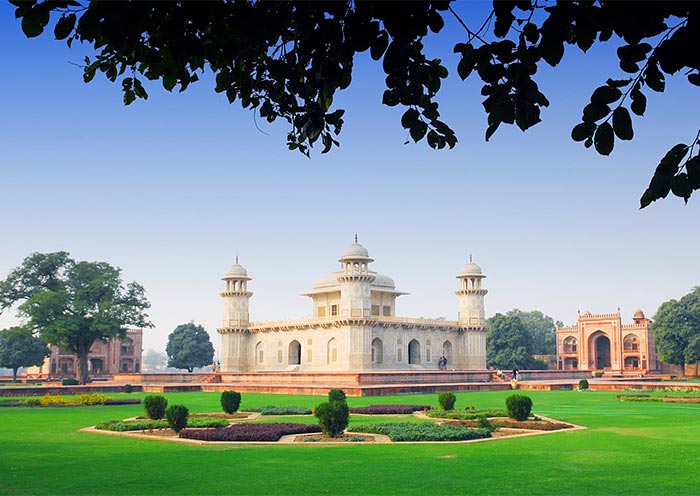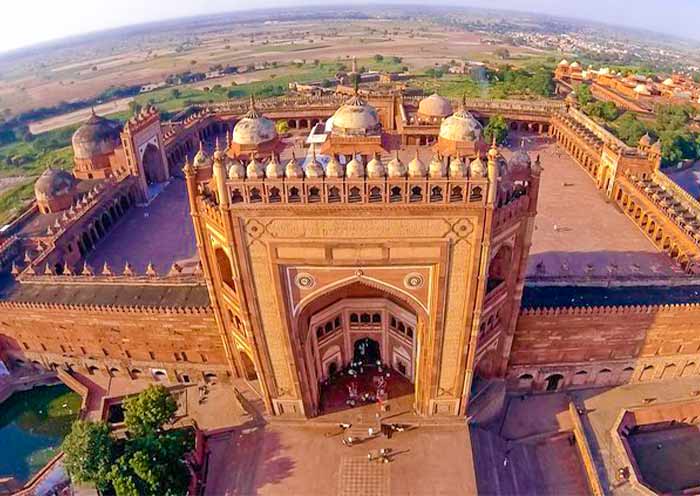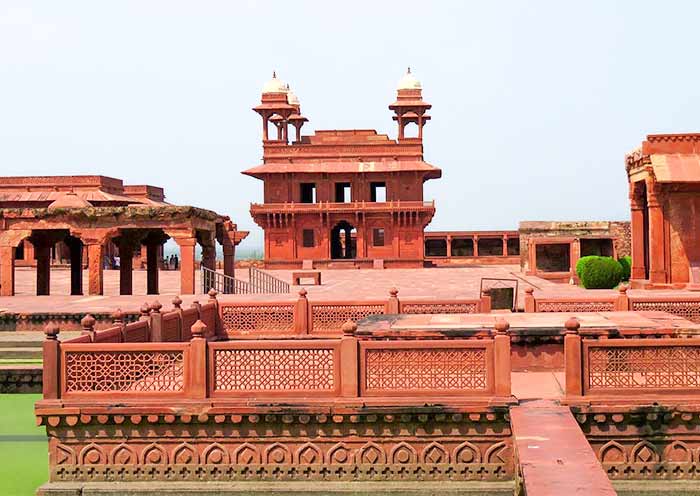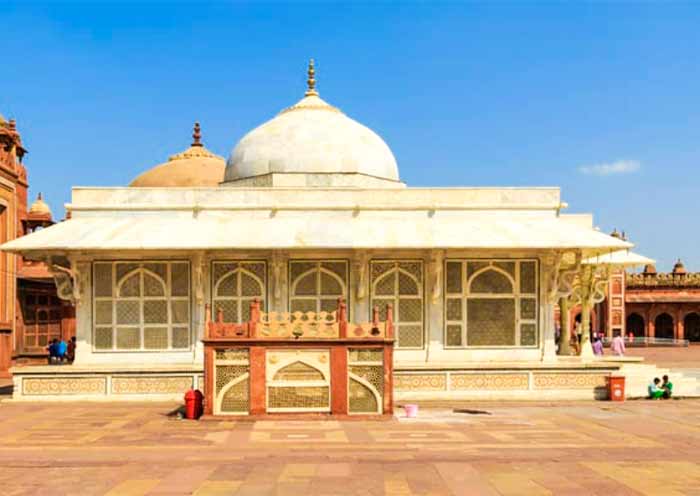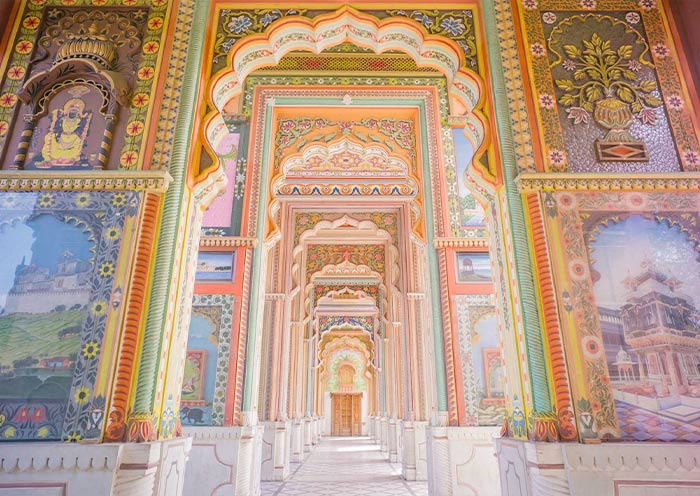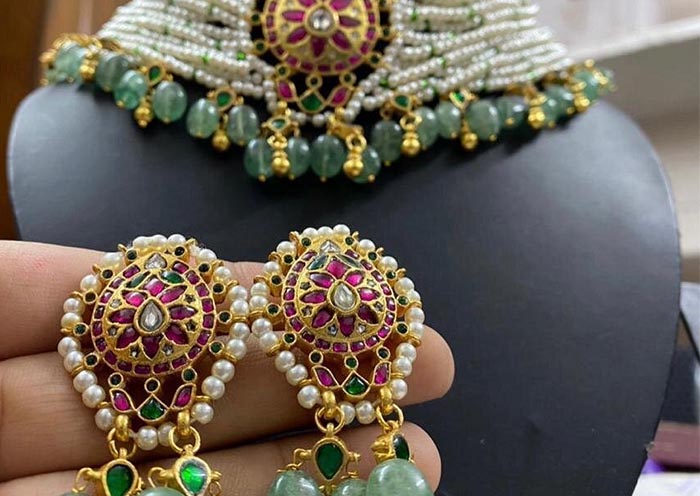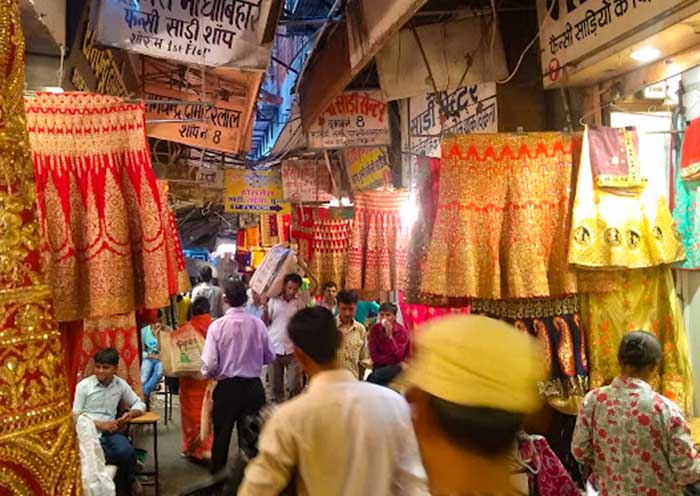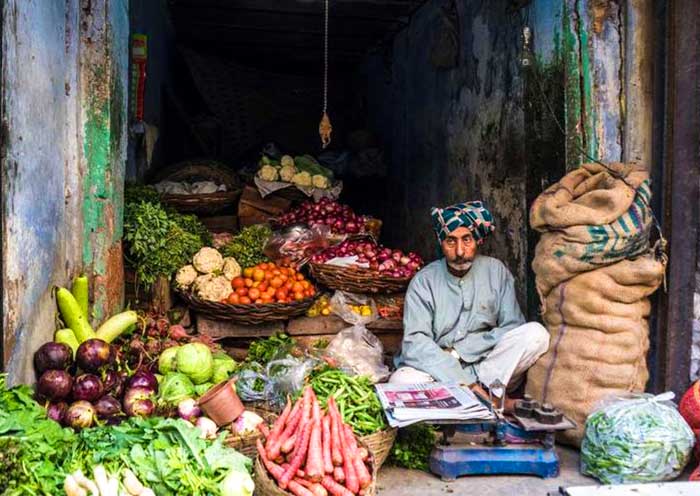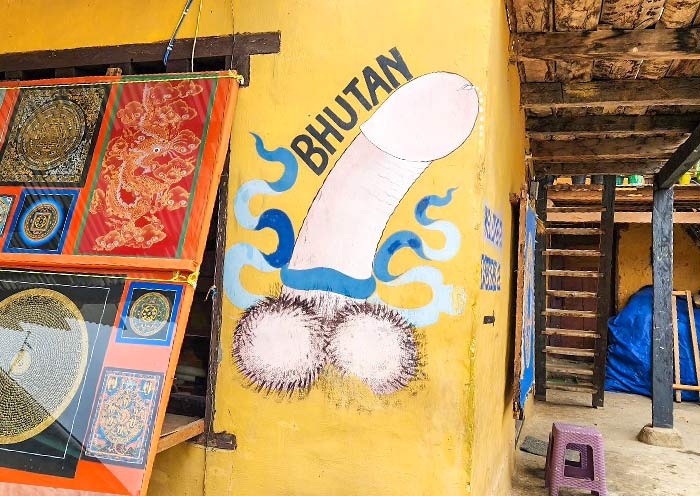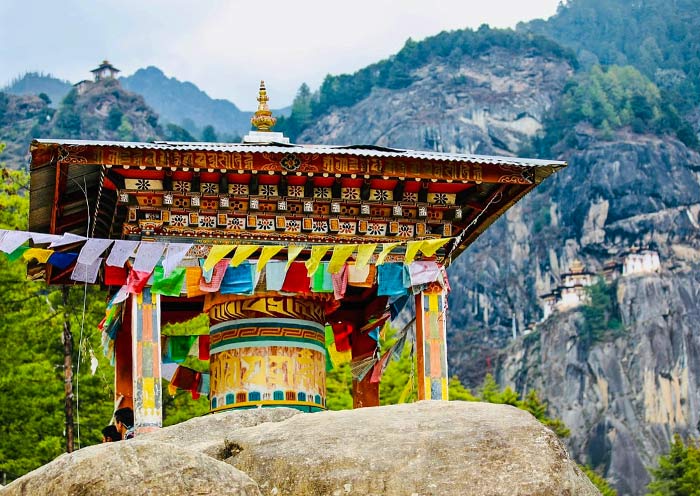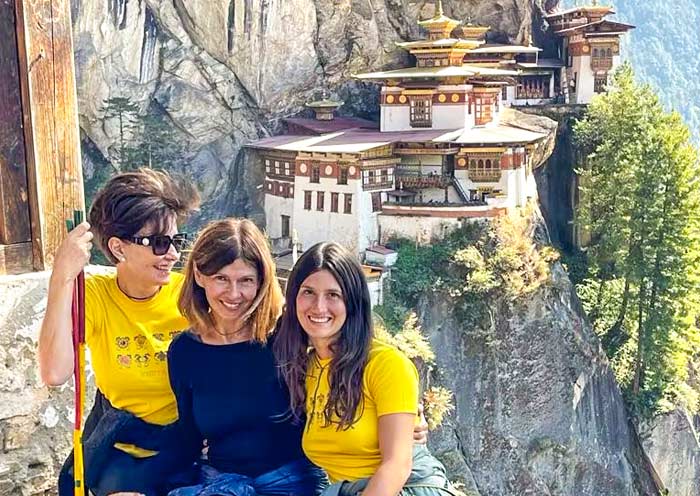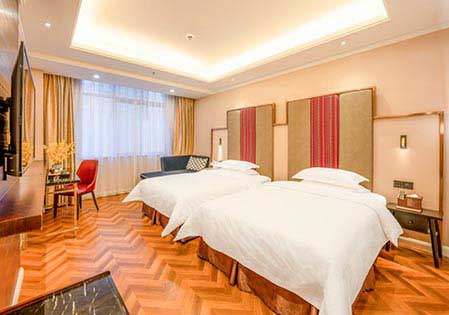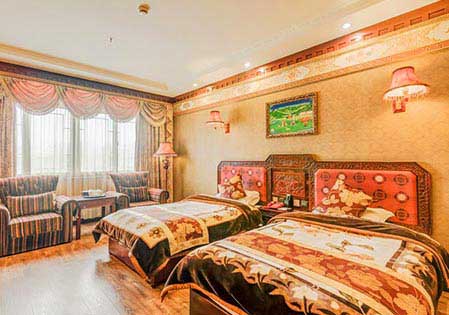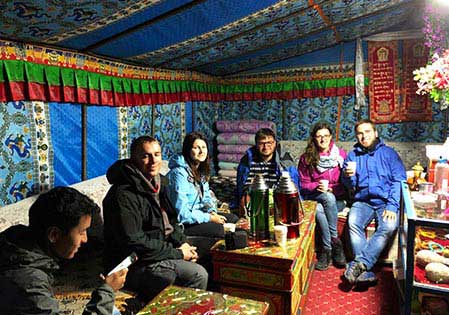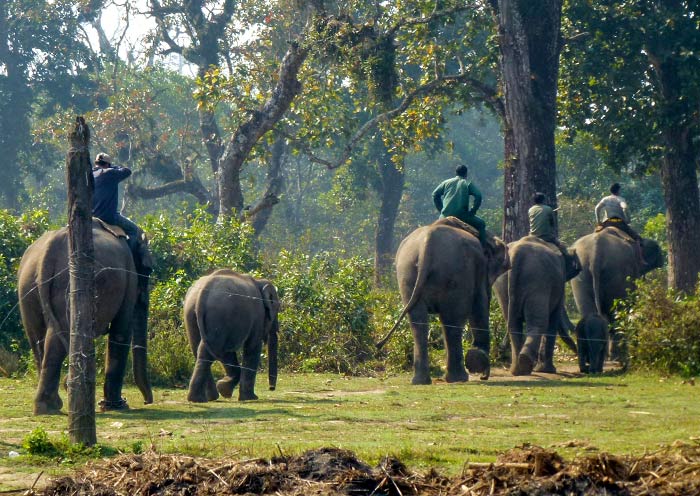Tashi Delek! Welcome to Bhutan, the Last Shangri La in Pristine Himalayan Kingdom. Take a deep breath and enjoy the refreshing breeze in the happy country where 71% of the land is covered with forests. Your guide and driver in Paro will greet you at Paro International Airport, Bhutan's only international airport.
Paro (2,270m) is the first city for most guests to reach Bhutan. It is known for Tiger's Nest which makes Paro a must-visit destination in Bhutan. For nature and culture lovers, Paro is a picturesque place that combines spirituality, natural beauty, and cultural heritage. You may have the chance to attend the colorful annual Paro Tshechu Festival if you visit Paro in early to mid-March. The festival falls on the 10th day of the second lunar month of the Bhutanese calendar. In some years, the festival might start slightly earlier, around March 10th or 15th. The festival celebrates the birthday of Guru Rinpoche, a revered figure in Bhutanese Buddhism.
You will not miss a stop at the Paro Airport Birds Eye View Point on the way to you hotel, which is a great spot to enjoy a panorama view of Paro Airport, Rinpung Dzong (Paro Dzong), National Museum (Ta Dzong), Paro Chu River, and the stunning Paro Valley itself. Don't forget to ask your guide for more fascinating information about this remarkable airport.
Base on arriving at Paro Airport before noon, this afternoon you will head to Thimphu (50km,1.5 hours). Once in Thimphu (2,340m), you can enjoy your exploration in Bhutan’s capital, including visiting the Buddha Dordenma Statue (Bhutan Point), the National Memorial Chorten, and Tashichho Dzong.
You will visit the iconic landmark of Thimphu city - the Buddha Point first. It is the largest sitting Shakyamuni statue in the world that completed in 2015. The statue embodies an ancient prophecy of radiating happiness and peace throughout the world. In addition to admiring its impressive height of 51.5 meters, constructed of bronze and gilded in gold, you will also be able to see 125,000 smaller Buddha statues placed within it. Moreover, from this vantage point, you can enjoy a magnificent view of the Thimphu Valley.
As the largest city in Bhutan, Thimphu lacks traffic lights and a railway system. When you enter the city, you can visit the National Memorial Chorten and experience it as the locals do. It is customary to follow the footsteps of the Bhutanese people and perform a clockwise kora (circumambulation) around the Chorten while offering prayers. This will provide you with numerous opportunities to engage with the locals and learn about their daily lives, as well as their philosophy on happiness.
The National Memorial Chorten is the most visited landmark in Thimphu. Constructed in 1974 in memory of the Third King, His Majesty Jigme Dorji Wangchuk (known as the Father of Modern Bhutan), by his mother, it reflects the late king's vision of promoting world peace and prosperity. The Chorten follows a Tibetan-style architecture and is adorned with remarkable paintings and intricate sculptures. You can observe the traditional stupa design, featuring a pyramidal pillar topped with a crescent moon and sun.
If time permits and you have an interest in Bhutan's national animal, you can visit the Motithang Takin Preserve. There, you can observe the unique creature that is said to have been created by the legendary Drukpa Kunley (Divine Madman). According to legend, Drukpa Kunley combined the head of a goat with the body of a cow to create the takin. Also if time permits you can pay a visit to Zilukha Nunnery (Drubthob Goemba Monastery) which is the biggest nunnery in Bhutan. A visit to the nunnery can give you a nice view of the Tashichho Dzong.
Then, you should not miss the visit to Tashichho Dzong (Thimphu Dzong), which has served as the seat of the government since 1952. This magnificent fortress-like structure is located on the western bank of the Wang Chu River. It seamlessly integrates with the entire valley and stands as the ultimate center of power in Bhutan. It houses the offices of the current reigning monarch, the Fifth King (Jigme Khesar Namgyel Wangchuck), as well as the ministries of internal affairs and finance. Additionally, it serves as the residence of the spiritual leader of Bhutan, the Je Khenpo, and hosts the central religious institutions of the country. During the summer season, the Je Khenpo resides in the Thimphu Dzong, while in the winter season, they relocate to Punakha Dzong. Walking around the Dzong, you will discover that it is an impressively large structure surrounded by well-kept lawns and beautiful gardens. Tashichho Dzong has two main entrances. One entrance leads to the administrative section in the south, while the other, situated in the north, grants access to the monastic quarter where the Thimphu Tshechu Festival and masked dances are performed.
Note: The opening hours of Thimphu Dzong are from 9 AM to 5 PM on weekdays and from 10 AM to 4 PM on weekends. It is required to have a tour guide accompany you for a visit to the Dzongs. Before entering for a visit, security checks are conducted.
If time permits and you can visit the Folk Heritage Museum for a traditional Bhutanese dinner (Optional) and try archery (Bhutan National Sport) there. The museum was established in 2001 through the initiative of Her Majesty Ashi Dorji Wangmo Wangchuck, the Queen Mother of Bhutan (Mother of the 5th King). It is housed in a three-storied, 19th-century traditional house, offering visitors a glimpse into the traditional Bhutanese lifestyle. The museum showcases artifacts from rural households, including a collection of typical household objects, tools, and equipment. Additionally, if you arrive between Thursday and Sunday, make sure to visit the Thimphu Weekend Market. You will also enjoy a leisurely evening stroll to the Craft Bazaar, where over 80 stalls showcase the traditional handicrafts and creations of local artisans, offering you a delightful shopping experience.
Afterward, you can check in at your cozy hotel in Thimphu, where you can rest and acclimate yourself to any time difference.
Arrival Ideas:
Paro International Airport, with the airport code PBH, is Bhutan's sole international airport. Approximately 30,000 people arrive at Paro Airport each year. The easiest and most convenient way to travel from Delhi to Bhutan is by air. Bhutan Airlines and Drukair are the only two Bhutanese airlines offering daily direct flights between Delhi and Paro. The flight duration is approximately 2 hours and 20 minutes, covering a distance of 1221 kilometers. Some indirect flights from Delhi to Paro (via Nepal) take around 3 hours and 30 minutes, including waiting time at Kathmandu's Tribhuvan International Airport. The flight schedule from Indira Gandhi International Airport (DEL), the largest airport in India based in Delhi, to Paro International Airport (PBH) may vary depending on the month.
Kind Reminds:
1.You can contact us to book your flight to Paro and land directly in Bhutan.
2.Visitors of all nationalities, except those from India (require a permit), require an E-visa (40USD/pax) before entering Bhutan. All nationalities are welcome to visit Bhutan, and there are no specific restrictions on granting visas to enter the country.
3.Visitors from Indiaare able to apply for a permit but are required to hold an Indian passport or an Indian voter ID card.
4.Visitors from Bangladesh and the Maldives also require a visa, which can be applied for and approved in advance of travel or upon arrival in Bhutan.







